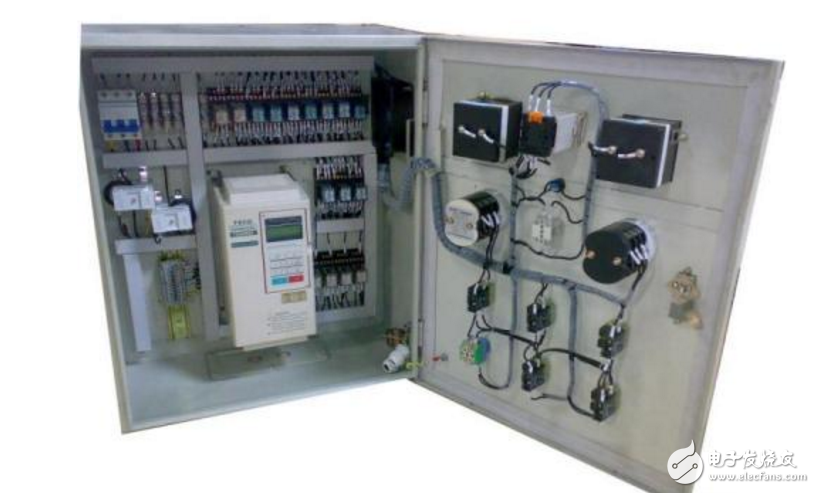Industrial control refers to the automation of industrial processes, typically achieved through a combination of electrical, electronic, mechanical, and software systems. It is also known as factory automation or industrial automation. The main goal of industrial control is to enhance the efficiency, accuracy, and manageability of production and manufacturing processes by utilizing computer technology, microelectronics, and electrical systems.
**The Role of Industrial Control**
The development and widespread adoption of industrial control technology marked the third industrial revolution, significantly boosting factory productivity and efficiency by over 300%. In the early 1980s, with China's reform and opening up, advanced industrial control technologies from abroad began entering the mainland. Commonly used industrial control products include PLCs (Programmable Logic Controllers), frequency converters, servo motors, and industrial computers. These innovations have played a crucial role in advancing automation in China’s manufacturing sector and contributing to the country’s modernization efforts.
Industrial control has irreplaceable advantages in critical sectors such as large power plants, aerospace, dam construction, industrial temperature control, and ceramics. For instance, real-time monitoring of the power grid requires collecting and processing vast amounts of data, which is made possible through industrial control technology. This enables efficient handling of large volumes of information.
Industrial control enhances safety and precision in manufacturing and construction, addressing key industrial needs like temperature, pressure, gas flow, and liquid flow. It has transformed many previously manual or semi-automatic tasks into fully automated processes, including the use of air switches, pressure sensors, and flow meters.

**Working Principle of Industrial Control**
For example, an air switch controls power supply. When the power exceeds safe limits, the internal mechanism triggers the switch to disconnect automatically, ensuring electrical safety and helping locate short circuits accurately.
**How to Improve the Anti-Interference Ability of Industrial Equipment**
One of the core challenges in industrial control is improving the anti-interference capability of equipment. Without sufficient immunity to interference, the equipment may not function effectively.
To enhance this, it's essential to properly utilize PLCs. Here are some key steps:
1. **Separate Power Supplies for PLC Core and I/O Interfaces**
Many users connect both the PLC core and its input/output interfaces to a single power source, bypassing the optocoupler and eliminating isolation. This can be dangerous. The correct approach is to use a separate power supply for the PLC core while allowing the I/O interfaces to share one power source.
2. **Use Reverse Diodes for Inductive Loads**
If a PLC output is connected to an inductive load like a solenoid valve or relay, a reverse diode should be placed across the load. This prevents back EMF from damaging the output transistors. Choose a diode that can handle at least the relay current and has a voltage rating higher than the interface power supply. Some solenoids already have built-in absorption circuits, so no external diode is needed.
3. **Choose the Right Power Supply**
Interference often comes in the form of high-frequency signals, such as from frequency converters or thyristor regulators. Switching power supplies are small and efficient but can allow high-frequency noise to pass through. Traditional transformer-based power supplies, though bulkier, offer better noise suppression. If unavailable, consider using an isolation transformer or a common-mode choke before the switching power supply.
4. **Optimize Layout to Reduce Interference**
Interference can travel through wires or radiate through space. While separating power sources helps with wire conduction, shielding is essential for space radiation. A power distribution cabinet can act as a shield, but if relays or contactors are inside, they may still emit high-frequency interference. To reduce this, keep the PLC away from these components and consider wrapping it in tin foil for additional protection.
Some engineers might wonder, "I’ve been doing this for years without issues." While the system may work, it might not be operating at its best — essentially "functioning with illness." Proper design and maintenance ensure long-term reliability and performance.
Door Contact Switch,Contact Switch For Door,Magnetic Door Contact Switch,Normally Open Door Contact
Shanghai Janetec Electric Co., Ltd. , https://www.janetecelectric.com